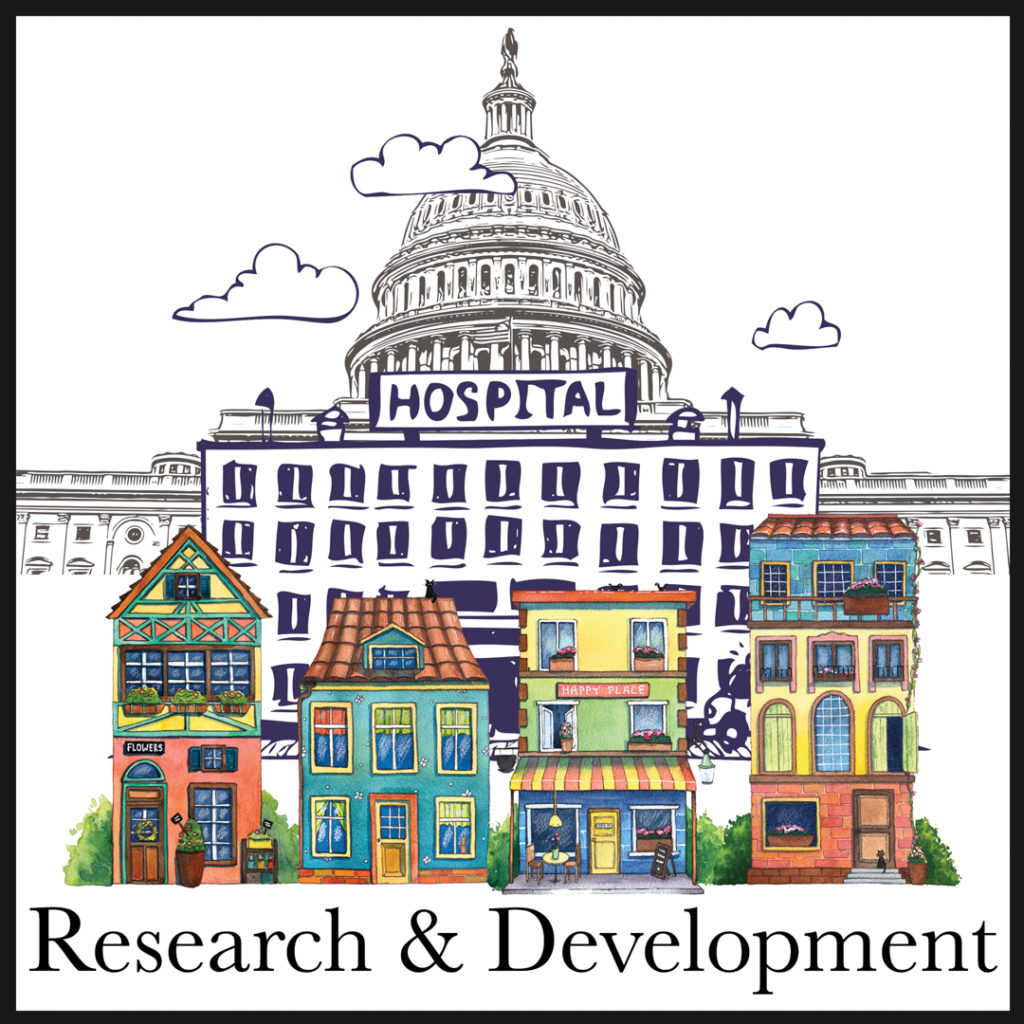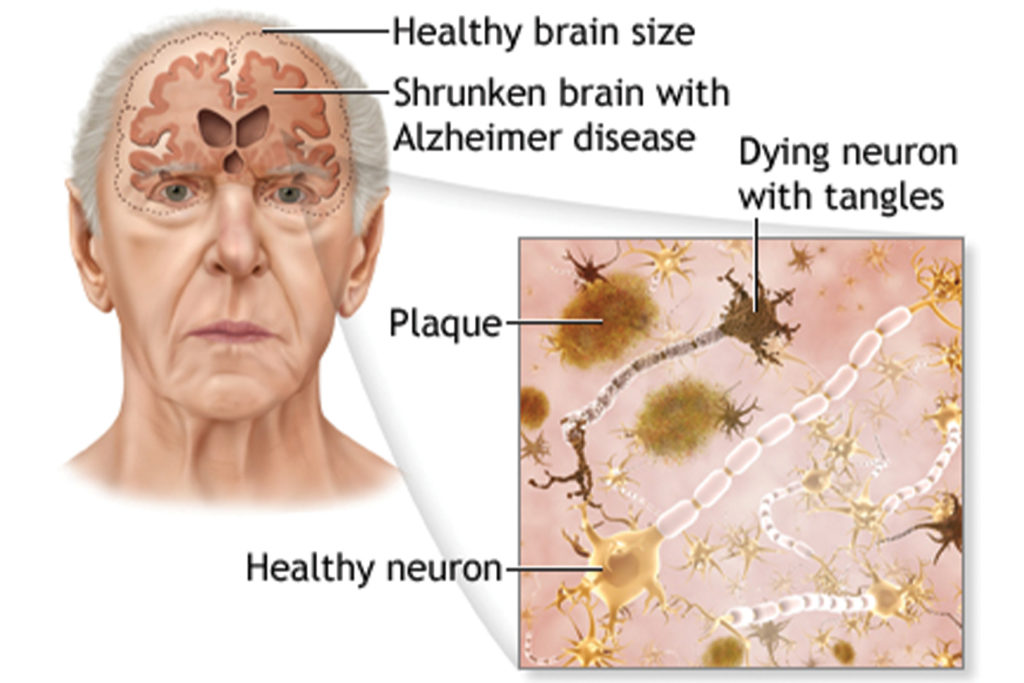There is a Top 10 Most Wanted List of Killers on the loose, and none of them are people.
RESEARCH & DEVELOPMENT’S “MOST WANTED” LIST
- Cancer
- Alzheimer’s Disease (and other Dementias)
- Auto-Immune Diseases: Arthritis, Asthma, MS, Lupus, Crohn’s, Type 1 Diabetes, HIV / AIDS, etc
- Infectious Diseases: Polio, Ebola, etc
- Parkinson’s
- Schizophrenia…
Besides setting aside our own funds for these endeavors, We will also offer a Tax Deduction (and We won’t be offering many of these) to anyone who wishes to further fund these important causes.

Cancer Centers
These Centers will cost $300 million each and serve a population of 15 million people
22 Facilities are need. This will lead to a Bank Loan of $6.6 Billion.
- Dementia Research Center
- Auto-Immune Disease Research Center
- Infectious Disease Research Center
- Parkinson’s Research Center
- Schizophrenia Research Center
- Prosthetic Research Center
A $1.6 Billion Loan will help build these Centers.
RESEARCH AND DEVELOPMENT
CANCER
- 364-512 new cases per 100,000 population each year
- $120 million on centers for proton therapy
- University of Nebraska Medical Center and The Nebraska Medical Center, both in Omaha, recently announced preliminary plans for an estimated $370 million cancer center. The center would include three facilities: a multidisciplinary outpatient clinic, a research tower and a hospital tower dedicated to oncology patients. An ambulatory care clinic would also be built to provide outpatient services for other specialties (98 labs for research, 108 beds for treatment, 32 rooms for treatment)
TAKEAWAY: We would need to build 20-22 Abramson Cancer Center-sized facilities to take care of everyone.
INFRASTRUCTURE:
$300 million x 22 facilities = $6.6 billion, yields $11.3 Billion, $31.21 million a month or $374.5 million a year cost.
EMPLOYEES
- 3,000 employees – $40k X 3000 = $120 million
- 200 doctors – $400k X 200 = $80 million
- 300 researchers – $60k X 300 = $18 million
TOTAL – $218 million X 22 = $4.8 Billion

MATH:
Example: Kentucky has 4.5 million people, so might see 23,000 cancer cases in a year. [Largest single-site cancer center, treats more than 44,000 patients a year – 3,000 employees, more than 200 doctors, and 300 researchers]
University of Texas M.D. Anderson Cancer Center – Houston, TX, United States – Website
“The M.D. Anderson Cancer Center at the University of Texas is home to a wide variety of specialized care centers that treat specific types of cancer – including gastrointestinal, thoracic, and endocrine – and provide stem cell transplantation, reconstructive surgery, and proton therapy. Many of these care departments, like the Stem Cell Transplantation and Cellular Therapy Center, are some of the largest and most advanced in the country. And in the area of research, M.D. Anderson also operates dozens of labs that focus on everything from nanomedicine to neuroimmunology and provide valuable data to Anderson clinicians.” [High Tech Specs: Laser interstatial thermal therapy, APBI, Proton Therapy, SBRT, SRS, Stem]
Cell Transplant Research
At John Hopkins: High Tech Specs: Robot-assisted cancer surgeries, Signal transduction, Cell cycle regulation, DNA repair, Immunology, Plasmapherisis, Stem cell transplants, Melanoma vaccine research.
Hospital of the University of PA – Abramson Cancer Center – Philadelphia, PA, United States – Website
“The Abramson Cancer Center at the Hospital of the University of Pennsylvania is the best cancer center because of its focus on innovation, translational medicine, and cutting-edge technology. Along with one of the largest clinical trials programs in the country, Abramson has “Translational Centers of Excellence” for breast, blood, lung, and pancreatic cancers that ensure Penn patients receive state-of-the-art care. There’s almost no procedure that Penn won’t do; physicians perform bone marrow and stem cell transplantation; hormone, photodynamic, and proton therapy, and many others. Penn researchers also have a history of important breakthroughs and are responsible for establishing the current treatment standards for lung cancer.” [High Tech Specs: Bone marrow and stem cell transplant program, Cancer risk evaluation program, GI Cancer Program, Genitournary cancer program, HIV oncology program, Melanoma and Pigmented Lesion Program, Proton Therapy, Telegenics Program.]
This renowned cancer center currently sees more than 70,000 outpatient visits as well as 9,000 inpatient discharges – 230,000 outpatient visits annually and delivers more than 37,000 chemotherapy treatments, over 66,000 radiation treatments and 230 stem cell transplants each year. The center is home to more than 400 basic, translational, and clinical scientists who work together to advance new treatments and cures for all kinds of cancers. $302-million cost [Could cover an area 15.5 million population in size]
Alzheimer’s Research
“To find new opportunities to prevent and treat Alzheimer’s, we need to understand what actually causes the disease, and presently that is not established.”—Dr. John Mamo, Ph.D., distinguished professor and director of the Curtin Health Innovation Research Institute at Curtin University in Perth, Australia.
The CDC estimates that up to 5.8 million people in the United States live with Alzheimer’s disease. Previous research targeted factors such as age, genetics, diet, and even “environmental factors” for the disease; currently, the research institute at Curtin University in Perth as discovered that an “exaggerated abundance [in blood] of potentially toxic fat-protein complexes can damage microscopic brain blood vessels [called capillaries] and, thereafter, leak into the brain, causing inflammation and brain cell death.” The study concluded that
“[Changes] in dietary behaviors and certain medications could potentially reduce blood concentration of these toxic fat-protein complexes, [subsequently] reducing the risk for Alzheimer’s or [slowing] down the disease progression.”

By mid-century, the number of Americans age 65 and older with Alzheimer’s dementia may grow to 13.8 million. This represents a steep increase from the estimated 5.8 million Americans age 65 and older who have Alzheimer’s dementia today
Alzheimer’s Association
Takeaway
This—and other diseases on our Top 10 list— will need funding, if only to determine causal effects that may guide us to lowering these disturbing numbers.

